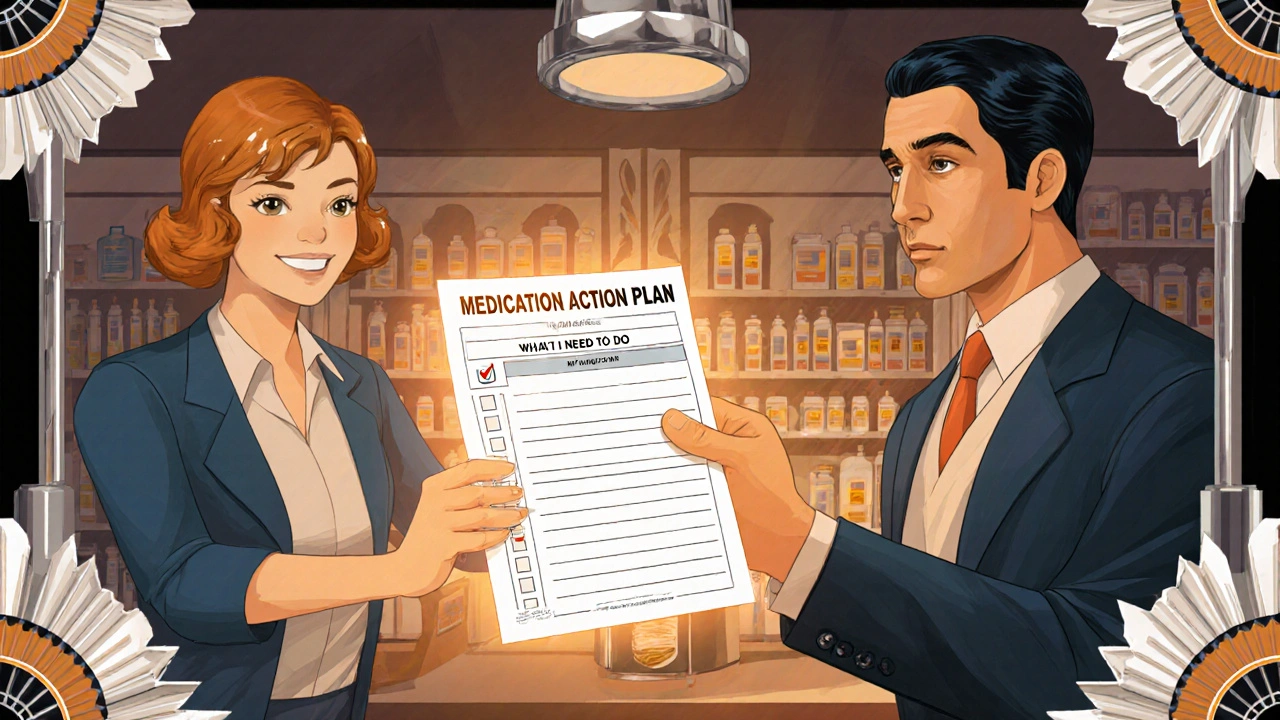Patient Communication: Simple Tips for Better Talk with Your Doctor
Why Clear Talk Matters
When you walk into a clinic, you expect the doctor to understand what’s wrong and give the right treatment. Misunderstandings can lead to wrong meds, missed tests, or wasted appointments. A study showed that patients who repeat back instructions follow them 30% more often. That’s why clear, two‑way talk is key to safe, effective care.
Practical Tips for Both Sides
For patients: Write down your main concerns before the visit. A short list—symptoms, when they started, any meds—keeps the conversation on track. Ask one question at a time and repeat the doctor’s advice in your own words. If you hear “take it twice daily,” say "so that’s every 12 hours, right?" This simple check catches dosage errors.
For providers: Use plain language. Swap "hypertension" for "high blood pressure" unless the patient asks for the term. Pause after explaining a plan and watch for a nod or a "I’m not sure." Those cues tell you the patient needs more detail. Summarize the visit in a few bullet points and offer a printed or digital copy.
Both sides should watch out for jargon, rushed speech, and assumptions about what the other knows. If you feel nervous, take a deep breath and ask for clarification. If the doctor seems distracted, politely ask to repeat the key points. A little patience goes a long way.
Technology can help too. Patient portals let you send questions before the appointment and review test results afterward. Use the "message" feature to clarify any vague instructions. Some clinics send an after‑visit summary via email—read it right away and mark anything unclear.
Finally, bring a trusted friend or family member if you’re discussing serious diagnoses. They can hear what you might miss and help remember the next steps. The extra ear often catches details that slip through when you’re focused on your own emotions.
When the topic is sensitive—mental health, sexual health, or chronic pain—tell the doctor you need privacy and a non‑judgmental tone. A simple "I’m a bit uncomfortable, can we talk about this openly?" opens the door and reduces embarrassment. Doctors who acknowledge the difficulty usually spend extra time listening, which leads to better treatment choices.
Continuity matters. If you see a different clinician each visit, ask for a brief hand‑off note or request that the same nurse take your vitals every time. Consistent faces build trust, and you’ll spend less time re‑explaining your history. When you know who’s handling your care, you’re more likely to speak up.
Quick checklist before every appointment:
- Write down symptoms, dates, and current meds.
- List 2–3 main questions.
- Bring a copy of recent test results.
- Repeat back the doctor’s plan in your own words.
- Ask for a printed or emailed summary.
Phone calls and telehealth visits need the same clarity. Have your list ready, speak slowly, and repeat instructions. If a prescription is sent to a pharmacy, confirm the name, dose, and pickup time before hanging up. A quick recap prevents mix‑ups that are harder to fix later.
Good patient communication is a habit, not a one‑off event. Keep a small notebook in your bag, ask for plain answers, and confirm what you heard. Doctors who listen and explain clearly will see better outcomes, and you’ll feel more confident about your health.

